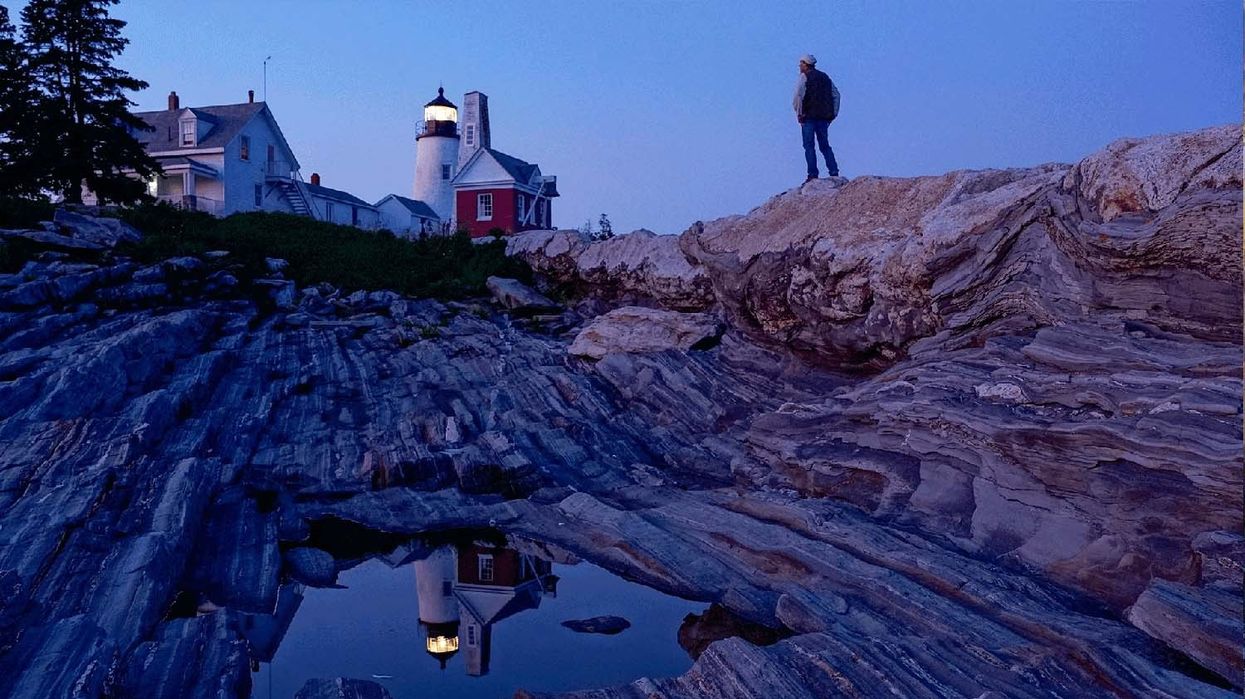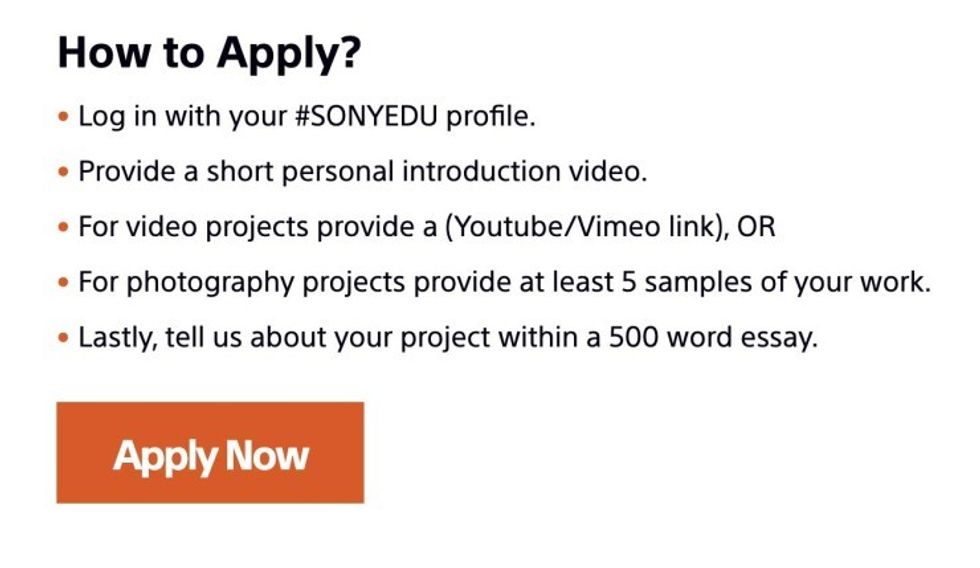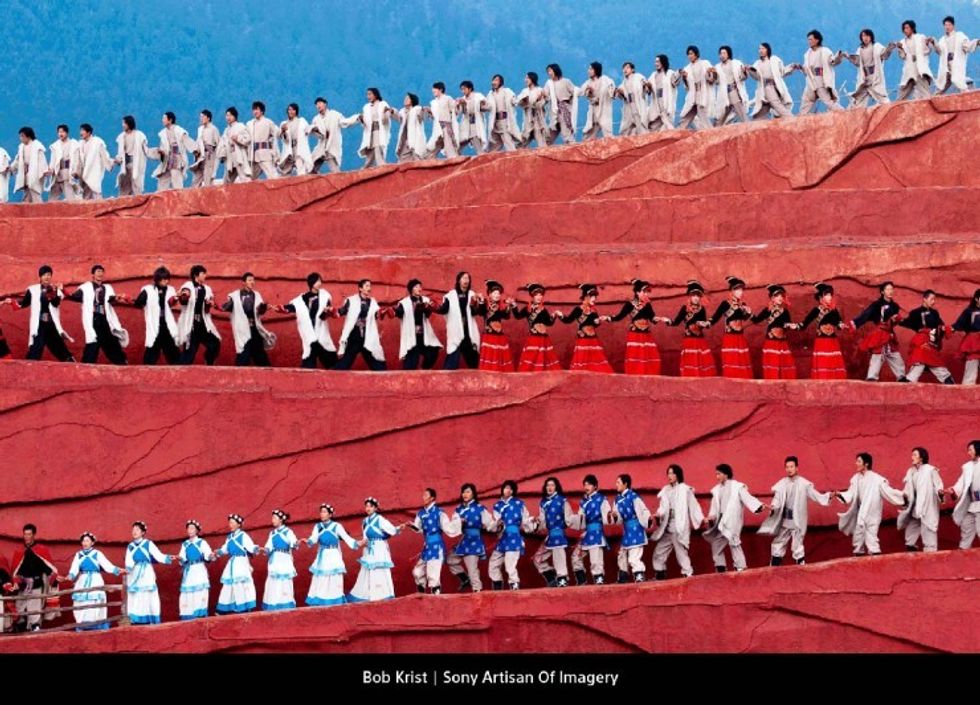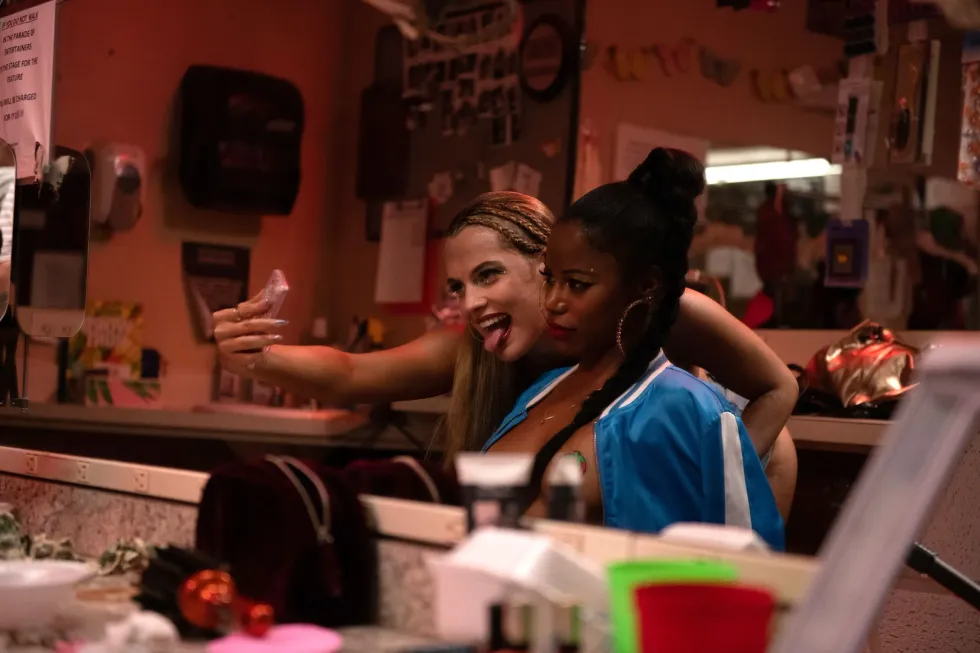Students—Got Ideas but No Camera? Apply for the Sony Artisan Scholarship!
If you’re currently enrolled in higher education, #SONYEDU is offering $5K of Sony equipment for your next project.

You’re in college. You’ve got ideas. What don’t you have? Extra cash lying around to buy all the gear you need for your next film!
#SONYEDU gets it. College is expensive. That’s why they are offering the first-ever Artisan Scholarship Program.
First, how does the scholarship work?
It’s pretty simple. You apply with a project you’re passionate about. If you’re picked, #SONYEDU will not only give you $5K worth of cutting-edge Sony equipment to shoot it, but also pair you with a world-class Sony Artisan of Imagery mentor and get you tech training directly from Sony PRO Support.
Five creators will be picked for the Class of 2021 Artisan Scholarship.
How do you enter?
First, create a #SONYEDU profile if you don’t already have one. It’s free! And it’s well worth the minor effort.
Once you’re enrolled, you get a ton of resources like purchasing discounts, real-world camera tutorials, and an inbox to ask Sony questions, to name a few. You can even get Sony to come to your school. (Demo the new Sony Venice 2, you say?)
To create your profile, all you have to do is prove you are a student. Find your U.S. based educational institution in the drop-down menu, and upload an unofficial transcript. That’s it. If you run into any problems, just email #SONYEDU, and they’ll help.
#SONYEDU is Sony’s educational arm, here to support students and faculty at any level, in any major, on your journey to learn filmmaking.
Tips on applying for the Artisan Scholarship
To enter, you need a short video intro of yourself, a 500-word essay, and a link to your previous work, whether that is a demo reel or at least one previous project.
First and foremost, your application should focus on how much thought you’ve put into your project.
“Show us your passion about your project,” Joseph Stamper told No Film School.
In other words, don’t share your passion for the gear, share your passion about what you can make with it! The scholarship is open to filmmakers and photographers, and the project can be video, photo, or a combination of both.
Want to apply? Get started here. The deadline is Feb. 13.
The winners of the Artisan Scholarship will be announced in March.
And remember, regardless of whether you win, just by enrolling in the #SONYEDU growing education community, you’ll get a ton of perks.
Good luck!

















